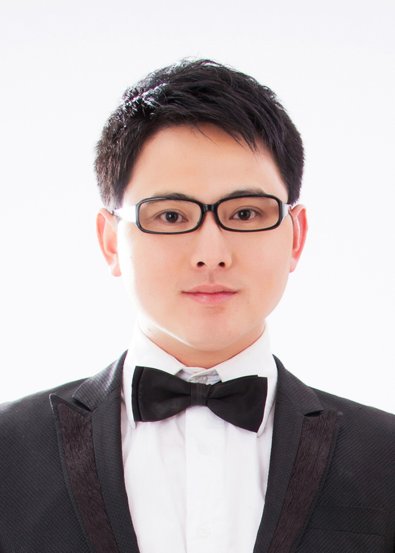The frictional behaviour of surgical suture interacting with skin substitute
Gangqjang Zhang is a Phd Student in the research Department of Mechanics of Solids, Surfaces & Systems. His supervisor is professor Emile van der Heide from the Engineering Technology Faculty.
 Surgical sutures are essential for the re-approaching of divided tissues, for the ligation of the cut ends of vessels, and play a significant role in wound repair by providing support to healing tissues. Frictional behaviour is one important part of the physical and handling characteristics and knot security of surgical suture. High friction between surgical sutures and tissues may cause inflammation and pain to the person, leading to a longer recovery time. Therefore, it is essential to investigate the frictional behaviour of surgical suture sliding through tissue. Based on the literature review of the frictional behaviour of surgical suture, little is actually understood about the frictional behaviours of surgical suture in sliding contact with tissue and about the simulation of friction of surgical suture during stitching.
Surgical sutures are essential for the re-approaching of divided tissues, for the ligation of the cut ends of vessels, and play a significant role in wound repair by providing support to healing tissues. Frictional behaviour is one important part of the physical and handling characteristics and knot security of surgical suture. High friction between surgical sutures and tissues may cause inflammation and pain to the person, leading to a longer recovery time. Therefore, it is essential to investigate the frictional behaviour of surgical suture sliding through tissue. Based on the literature review of the frictional behaviour of surgical suture, little is actually understood about the frictional behaviours of surgical suture in sliding contact with tissue and about the simulation of friction of surgical suture during stitching.
The aim of this thesis is to investigate the frictional behaviour of surgical suture penetrating through skin substitute by means of experimental and modelling work, in order to generate guidelines for the development of surgical suture with desirable tribological performance.
In line with this, firstly, the frictional behaviour of three commercialized surgical sutures interacting with skin substitute is investigated in this thesis, with respect to surgical suture material and structure, by means of a capstan experiment approach and a contact area model. The results indicated that structure and surface topography of the surgical suture had a pronounced effect on the tribological interactions.
In the stitching process, it is well known that the needle penetrates the tissue and creates a freshly formed counter surface with a damaged tissue. The needle is slightly larger in diameter than the surgical suture, which results in the spring back and subsequent normal force over the circumference of the surgical suture. Hence, from the tribological point of view, the sliding contact between the surgical suture with tissue is not restricted to surface phenomena, but might also lead to deformations beneath the surface layer. The capstan method could not simulate the frictional conditions of the surgical suture in the stitching process.
Hence, a new penetration friction apparatus (PFA) was developed that allowed for the evaluation of the frictional behaviours of various surgical needles and surgical sutures during the suturing process, under similar contact conditions. It considered the deformation of tissue and could realize the puncture force measurements of surgical needles as well as the friction force of surgical sutures. The developed PFA could accurately evaluate the penetration friction behaviour of surgical suture - tissue under the simulating clinical conditions. The developed test method provides a new way to investigate the frictional behaviour of surgical suture.
Additionally, based on the new test method, the relationship between the friction force and the normal force was established when the surgical suture penetrated through skin substitute. The friction force was measured by the PFA. The normal force that acted on the surgical suture was estimated based on a uniaxial deformation model, a Hertzian contact model and a finite element model (FEM), respectively.
Furthermore, it is expected that the structure of the suture significantly affects the friction during sliding and possibly influences the amount of tissue abrasion. As a result, the influence of monofilament and multifilament structures on the frictional behaviour of the surgical suture was evaluated. Meanwhile, the difference of abrasion at the pull-in boundary and pull-out boundary of skin substitute was discussed.
Lastly, based on the above research, two kinds of biopolymeric composite films were developed on the surgical suture, and their influence on the tribological performance of the surgical suture was explored.
